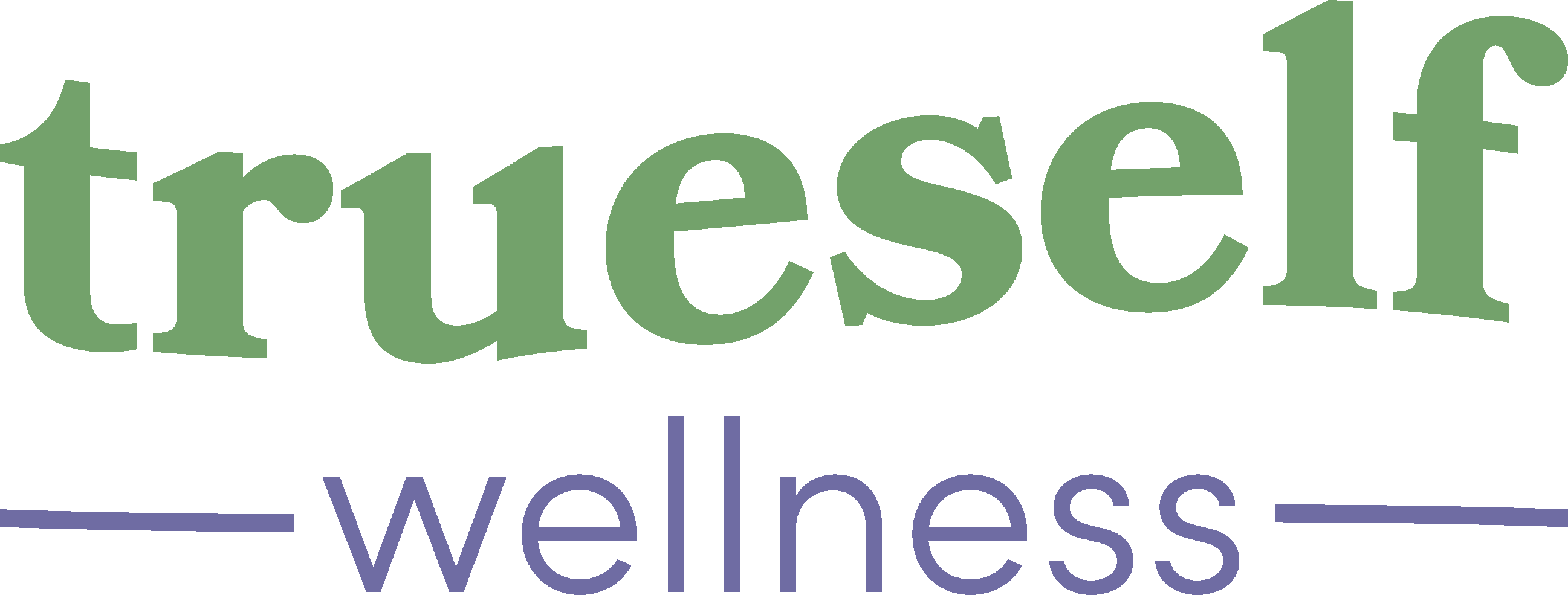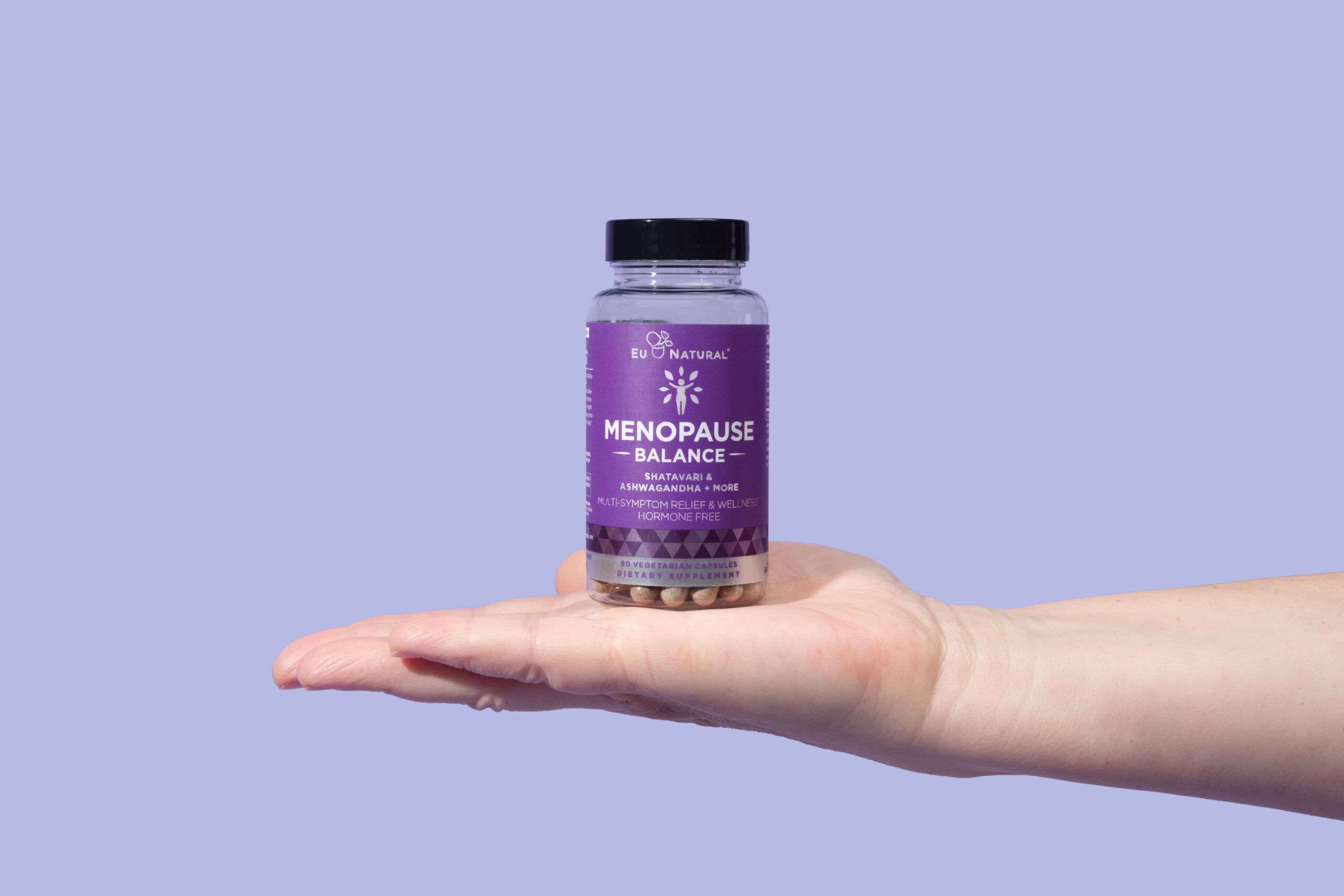This week the FDA and the CDC recommended a pause in the administration of Johnson & Johnson’s single dose Covid-19 vaccine, after some recipients experienced life threatening blood clots.
While the pause is likely to be lifted within the next couple days — as officials investigate the issue to determine best practices moving forward, that hasn’t stopped people from reacting like it’s just been revealed that their baby powder contains asbestos.
Existing fears over the safety of the vaccines — which have been rumored to contain Bill Gates microchips, zombifying prions, or some sort of slow-acting execution serum — have sadly been bolstered and amplified. And many have been reacting as though this is a nail in the coffin for America’s third-tier vaccine — which already suffered from unflattering comparisons to the higher efficacy rates of Pfizer and Moderna’s two-dose options.
But that’s not really the case. And closer examination of the issue reveals how much caution officials are exercising and how incredibly safe and effective all the vaccines actually are.
Dr. Anthony Fauci addresses J&J vaccine pause — ‘This is a very rare event’www.youtube.com
While it’s true that Johnson & Johnson’s vaccine has shown a significantly lower efficacy in fully preventing COVID infections — 66-72%, compared to Pfizer and Moderna’s 93-95% — all three vaccines share another, much more important figure: 100%. In studies, that’s how effective they all were in preventing hospitalizations and deaths from COVID.
And while even a mild case of COVID can be spread to others, the chances are substantially reduced. The overall stats for Johnson & Johnson’s vaccine would be considered phenomenal for an annual flu vaccine — let alone for a disease that was unheard of two years ago.
It’s honestly incredible how quickly researchers around the world were able to collaborate in developing any vaccine at all, let alone run multiple versions through rigorous safety protocols. But they did; and as a result, cases of serious complications like this are incredibly rare.
Johnson & Johnson’s vaccine alone would be considered miraculous if not for the existence of slightly better options. But — seeing as there are better options — is a Johnson & Johnson shot really worth the risk?
That depends on the person. But for most people, the correct response is, “What risk?” Of the 6.8 million Americans who have received the Johnson & Johnson vaccine, only six cases of these frightening blood clots have been recorded — all in women under the age of 50.
While these cases are all frightening — particularly the death of one Virginia woman — they represent less than 1 in a million vaccine recipients. While recent recipients are recommended to look out for symptoms, including severe headaches and shortness of breath, there’s not even a clear indication of a causal relationship. In other words, it could all be a sad coincidence in which six women just happened to get some nasty blood clots within two weeks of receiving their shots.
Considering that positively identified COVID-19 cases have had a 1.8% mortality rate in the US — and around 1 in 600 Americans have already died as a result — that “possibly-1-in-a-million chance of developing blood clots that could kill you or not” seems like a pretty reasonable risk. The fact that it’s a story at all just points to the overall safety of these treatments.
In this context, it’s no wonder Europe is still planning to start administering Johnson & Johnson vaccinations, with officials from the EU’s European Medicines Agency stating that “the benefits of the vaccine in preventing COVID-19 outweigh the risks of side effects.” The only reason for a brief pause is to operate with an abundance of caution and for officials to adjust their recommendations for who should receive which vaccine.
Rather than recommending that everyone rush to get whatever option is most accessible, they may recommend that pre-menopausal women receive the Pfizer or Moderna shots. Or it could be far more specific — possibly related to an interaction with one or multiple types of contraceptive pill, which are already known to increase the risk of blood clots.
All-in-all, the frightening news about a vaccine possibly killing a woman is not nearly as frightening as the prospect that this incredibly rare case will feed into so-called “vaccine hesitancy”. With around 20% of Americans in a recent survey still saying that they do not want to be vaccinated, and an additional 17% operating on a “wait and see” basis, we already face a monumental task in pushing for the all-important 70-90% herd immunity.
Herd Immunity and Coronavirus: Can It Be Achieved?www.youtube.com
Once we reach that ballpark, it will finally — finally — be possible to return to normal activities without the valid fear of contracting and spreading a wildly contagious and deadly virus. But that’s going to take the work not only of manufacturing, distributing, and administering the vaccines, but of convincing those still on the fence of how important it is for everyone that they get immunized.
Sensationalizing a story about a small handful of scary cases and one death — compared to the hundreds of thousands of deaths the Johnson & Johnson vaccine is likely to prevent — is not going to help us get there. Instead, we should all take this opportunity to recognize what this story truly reveals: how careful health officials are being, and how remarkably safe the vaccines actually are.










